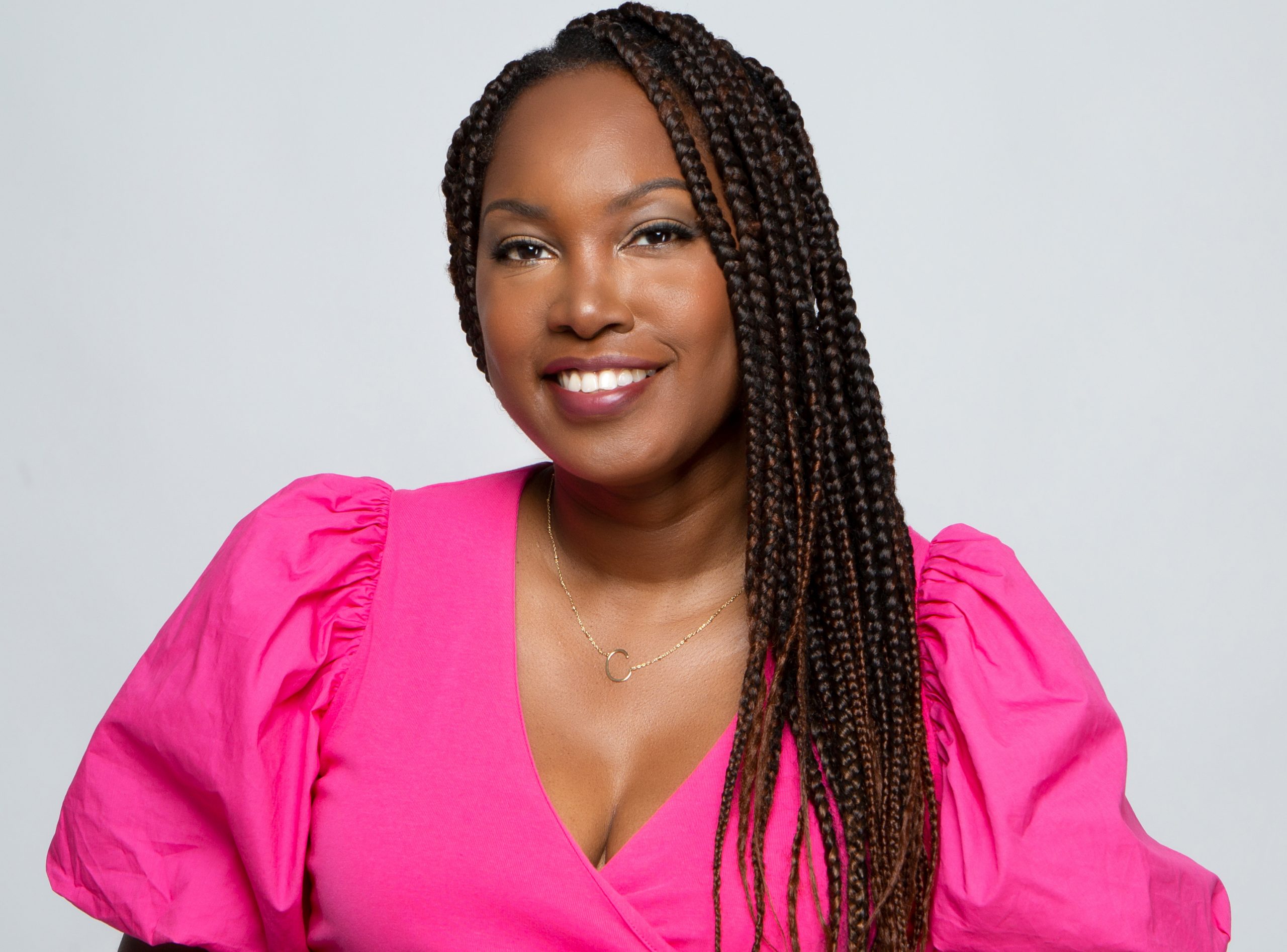Closing the Gap for Women's Cancer Screenings
- Singer Mary J. Blige, 53, says various forms of cancer have profoundly impacted her family. This experience now fuels her cancer advocacy promoting early detection and screening, especially among women of color who tend to be more apprehensive towards the healthcare system.
- Research shows that although Black women are screened for breast cancer at comparable rates to white women, they tend to get diagnosed at later stages of the disease, which impacts their ability to treat it successfully.
- Cultural barriers impact patient outcomes in communities of color. Black Americans tend to carry added distrust and apprehension towards the healthcare industry partly because of a long history of unethical medical practices towards Black people. Working to overcome these barriers will help improve patient outcomes.
- Health experts recommend breast cancer screenings to begin between the ages of 40 and 45. However, women at higher risk (possess the BRCA gene mutation, which increases your chance of getting breast and ovarian cancer or have a family history of cancer may begin screening younger than 40.
- Keeping up with routine pap smears or human papillomavirus (HPV) tests helps with cervical cancer (cancer of the cervix) prevention.
- The human papillomavirus (HPV) is “a group of more than 200 related viruses, some of which are spread through vaginal, anal or oral sex,” and is linked to multiple cancers. More than 90% of HPV-related cancers, including cervical cancer, are preventable in people who get the HPV vaccine.
Singer Mary J. Blige, 53, one of music’s biggest female artists, is also a huge cancer advocate. She says her family has been deeply impacted by the disease, thus fueling her staunch support for early detection and screenings. More recently, she’s used her platform to send a message about preventative health measures, especially for women of color who are less likely to talk openly about their health.

“I’ve lost aunts, several family members to breast cancer, grandmother to cervical cancer, lung cancer. Before we even knew they were sick because the practice of not wanting other people in our business and keeping these topics to ourselves is so deeply rooted in our culture,” Blige said at a previous White House event promoting cancer awareness.
Read More
Racial disparities have long existed in healthcare, which contributes to the apprehension communities of color have towards healthcare. African Americans have the highest mortality rate and lowest survival rate for most cancers among racial and ethnic groups, the American Cancer Society has reported.
“We have to think about it through a generational lens,” psychologist and founder of InnoPsych Dr. Charmain Jackman tells SurvivorNet.
“My aunt passed away from cancer in 2011, and she had so much shame around her diagnosis. She felt like she had done something wrong,” Dr. Jackman continued.

Dr. Jackman added that although among younger generations, the culture of silence surrounding one’s health is subsiding, cultural barriers still exist, particularly among older women of color.
“Looking through a generational lens, when you got cancer,” some communities thought you were certain to pass away. There’s also an enormous amount of grief people are dealing with when they are diagnosed. We’re so used to putting on a façade to mask our own worries in favor of worrying about others. We also cannot neglect the history of the medical profession and how it negatively impacted Black people and people of color. We see that in mental health too, where we wait until it’s too late,” Jackman added, highlighting cultural reluctance within communities of color to proactively seek healthcare.
Jackman emphasized the need to meet people where they are and at ease as an effective tool to reach people in need of critical healthcare information. She says a gynecologist visiting a church to share reputable information about women’s health and preventative screenings can go a long way to closing the racial healthcare gap.
Closing the Gap Can Lead to Better Patient Outcomes
According to the Association of American Medical Colleges, “only 5.7% of physicians in the U.S. identify as Black or African American.” That small number fuels inequities in medicine and, if addressed, could boost the amount of trust Black Americans have in the healthcare system.
“This is the biggest factor,” Oluchi Oke, MD, tells SurvivorNet. “With later stage breast cancer, stage 4, we have no cure for that. So, if patients are known to have later stages, compared to other populations, they are going to be more likely to experience cancer mortality.” Oluchi is a breast medical oncologist at MD Anderson Cancer Center in Houston, TX.
Josette Gbemudu is the Executive Director of Health Equity at Merck and has advocated for increased diversity in healthcare for years.
“We know that black women and African American women are disproportionately impacted with triple-negative breast cancer: high incidents, high mortality relative to other racial demographics and groups across the country,” Gbemudu told SurvivorNet when we sat down with her at the American Society of Clinical Oncology (ASCO) Annual Meeting, the largest cancer conference in the world.
Although the need for more Black physicians is well known, what’s stopping more from training and entering the healthcare industry?
According to Associated Medical Schools of New York, medical schools’ “high costs” and “lack of guidance and preparation” during undergraduate studies are key barriers to entry for would-be Black and brown medical students.
The Education Data Initiative says the average total cost of medical school is $218,792, which is a steep obstacle for many students.
However, the tide could be turning just a bit because Inside Higher Ed reports, “Black [medical] students in the 2021-2022 academic year rose by 21 percent, from 2,117 to 2,562.”
Black Women & Breast Cancer Risk
It is recommended that black women begin breast cancer screenings sooner than white women.
“Black women are younger when they are diagnosed with breast cancer and have cancer at more advanced stages at diagnosis,” according to a study published in Annals of Internal Medicine. The research suggests breast cancer-related mortality can be reduced by 57% if they begin mammograms at age 40.
RELATED: Dr. Anita Johnson explains that access to care is critical.
One of the reasons Black women tend to have a more challenging time with breast cancer stems from racial disparities in healthcare.
“African-American women are diagnosed at the same rate as white women, yet they experience cancer mortality at a rate 40% higher than white women. And that is unacceptable,” Linda Tantawi, the CEO of The Lustgarten Foundation, which promotes pancreatic cancer research, said. Tantawi previously served as the CEO of Susan G. Komen, promoting breast cancer awareness in New York City from 2013 to 2020.
“When it comes to breast cancer, the mortality rates for African American women are substantially higher than Caucasian women,” Dr. Anita Johnson, a Breast Surgical Oncologist at Cancer Treatment Centers of America, told SurvivorNet.
“When we look at stage four, the outcomes are much worse as compared to Caucasian women. When we look at the standard of care treatment options based on stages, in some cases, African American women are not being treated with the same standard of care treatment options,” Dr. Johnson added.
Dr. Johnson points to more education, clinical trials, and increased access to care to help improve health outcomes for Black women battling breast cancer.
More on Breast Cancer Screening
The medical community has a consensus that women between 45 and 54 have annual mammograms. However, an independent panel of experts called the U.S. Preventive Services Task Force (USPSTF) is saying that women should start getting mammograms every other year at the age of 40, suggesting that this lowered the age for breast cancer screening could save 19% more lives. For women aged 55 and older, the American Cancer Society recommends getting a mammogram every other year. However, women in this age group who want added reassurance can still get annual mammograms.
Women with a strong family history of breast cancer, have dense breasts, have a genetic mutation known to increase the risk of breast cancer, such as a BRCA gene mutation, or a medical history, including chest radiation therapy before age 30, are considered at higher risk for breast cancer.
Experiencing menstruation at an early age (before 12) or having dense breasts can also put you into a high-risk category. If you are at a higher risk for developing breast cancer, you should begin screening earlier.
Breast density is determined through mammograms. However, women with dense breasts are at a higher risk for developing breast cancer because dense breast tissue can mask potential cancer during screening. 3D mammograms, breast ultrasound, breast MRI, and molecular breast imaging are options for women with dense breasts for a more precise screening. It is important to ask your doctor about your breast density and cancer risk.
Family History & Breast Cancer Risk
Although breast cancer can happen to anyone, certain factors can increase a person’s risk of getting the disease. The known risk factors for breast cancer include:
- Older age
- Having a gene mutation such as the BRCA1 or BRCA2
- Added exposure to estrogen
- Having children after the age of 30
- Exposure to radiation early in life
- Family history of the disease
Cervical Cancer Screening
Blige says her grandmother passed away of cervical cancer. This type of cancer begins in the cells lining the cervix, the lower part of the womb (uterus). It usually develops slowly, however, before cancer presents itself.
While symptoms tend to be difficult to detect during cervical cancer’s early stages, some signs can still indicate something is amiss and needs a closer look. Vaginal bleeding or pelvic pains are common symptoms.
Cervical cancer, which has been linked to the human papillomavirus (HPV), is curable when discovered early through routine screening, which is done through Pap Smears or HPV tests. A pap smear is a test that helps detect cervical cancer early.
The human papillomavirus (HPV) is “a group of more than 200 related viruses, some of which are spread through vaginal, anal or oral sex,” the National Cancer Institute says. HPV infection is linked to multiple cancers, and the majority of sexually active people will get the disease at some point in their lives.
More than 90% of HPV-related cancers, including cervical cancer, are preventable in people who get the HPV vaccine that is recommended for all preteens (both girls and boys) 11 to 12 years old in two doses administered between six and 12 months apart. The shots can also be started as early as nine years old.
The American Cancer Society recommends cervical cancer screenings begin at age 25, and HPV screening is recommended every five years after that.
Learn more about SurvivorNet's rigorous medical review process.

